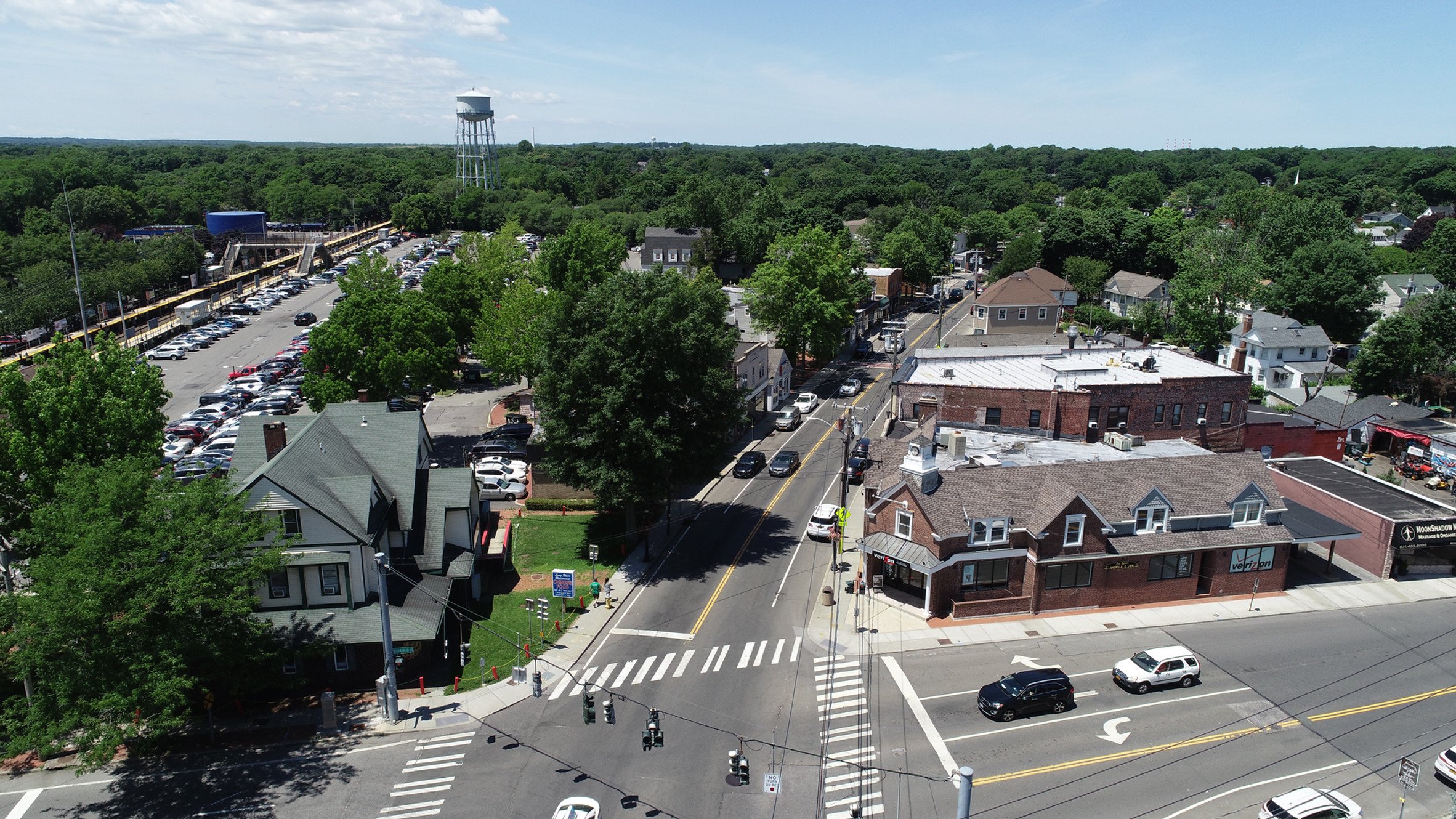
The Downtown Revitalization Initiative (DRI) Process
-
1. Local Planning Committee Formation
Coordinated by DOS, state agencies (DOS, HCR, ESD and others) work with local officials and Regional Council members to identify stakeholders and community representatives to serve on the Local Planning Committee (LPC). The Secretary of State issues invitations to participate as LPC members.
-
2. Community Engagement
Inclusive community engagement is vital to successful DRI planning and implementation. The public will be kept informed of progress and invited to proactively contribute ideas throughout the development of the Downtown Revitalization Initiative. Notices of public meetings, events, and opportunities to provide feedback will be posted on this website and publicized through print, media, and online channels.
-
3. Goals, Vision, and Strategies
Guiding framework for the DRI Strategic Investment Plan is developed by the LPC with public feedback. Goals identify conceptual ideas that DRI Plan should address.
-
4. Priority Projects
Key projects are identified to advance the vision/goals and leverage additional investment. Priority Projects are organized by Goal to ensure that the DRI Plan addresses core objectives. Projects identified & vetted by the local committee & public
-
5. DRI Final Plan
DRI Strategic Investment Plan written by consultants with DRI Team & public input and submitted to the State. Projects included in the Strategic Investment Plan will be evaluated by state agencies for alignment with state and local goals; project readiness; catalytic effect; secondary benefits; and cost effectiveness.
-
6. Implementation
Projects from each community will be evaluated by the State & selected for funding. The Governor will make an announcement on funded projects. State staff will work with project sponsors to execute project agreements and manage DRI contracts. For more info, visit https://www.ny.gov/programs/downtown-revitalization-initiative
Local Planning Committee
The Downtown Revitalization Initiative (DRI) accomplishes its goals through a unique state-local partnership that includes the Local Planning Committee (LPC), state agency staff, and a consultant team. The LPC is responsible for representing the interests and priorities of the community, while the state agency staff ensures that the process and deliverables are consistent with the goals, priorities, and requirements of the initiative.
The LPC is made up of local and regional leaders, stakeholders and community representatives. Each LPC is led by two co-chairs consisting of the local elected official (or his or her designee) and a member of the Regional Economic Development Council (REDC). The full list of members is listed below, including the other community representatives that have been invited to participate by the Secretary of State
-
Councilman Thomas Lohmann, Town of Smithtown, Co-Chair
Peter Elkowitz, Long Island Housing Partnership and LI REDC, Co-Chair
Robert Ansbach, Kings Park Youth
Robert Cecere, Daniels, Norelli, Cecere & Tavel, P.C.
Susan Dietrich, Sprouts Garden Center
Katelyn Dinunno, Resident
Dr. Timothy Eagen, Kings Park Central School District
Joann Galletta-Hahn, Kings Park Heritage Museum
Linda Henninger, Townline Association
Joseph Johnson, San Remo Civic Association
Sean Lehmann, Kings Park Civic AssociationKristen Matejka, Smithtown Historical Advisory Board
Lisa McDermott, Smithtown Senior Center
Vincent Pickford, Kings Park Fire Department
Anthony Tanzi, Kings Park Chamber of Commerce
Vision Statement and Goals
As part of the DRI application, communities must provide a brief statement of their vision for downtown revitalization. At the start of the planning process, the Local Planning Committee (LPC) will review the initial vision and make modifications if desired to best reflect the unique characteristics of the downtown. Goals and strategies will be established to help achieve the community’s vision for downtown revitalization. Goals should be detailed, attainable, and action-oriented with measurable strategies that will guide the implementation of the DRI vision.
Based on the downtown vision and goals, consultants will guide the LPC in development of creative and ambitious strategies and projects to direct future development and investment in the downtown to realize its vision and goals. Projects that are recommended for implementation using DRI funds, whether included in the community’s DRI application or identified by the LPC during the planning process.
-
[Where are we today?] Kings Park is a vibrant and close-knit community with an active LIRR station at its center and close proximity to regional innovation and employment centers. It is the gateway to some of Long Island’s most pristine recreational amenities including waterways, greenbelt trails, and Sunken Meadow and Nissequogue River State Parks.
[What will we do?] Building momentum off our sewer expansions and Route 25A streetscape improvements, Kings Park will continue to attract public and private investment that enhances the downtown’s unique charm and character, creates a vibrant and walkable business district, and introduces diverse and mixed-use development that meets local needs.
[Where do we want to be?] These investments will help rebrand, revitalize, and market downtown Kings Park as a regional recreational destination. Kings Park will become a more pedestrian-friendly environment and a place where residents, commuters and visitors will want to shop, dine and explore the nearby scenic and natural areas.
-
Goal 1: Improve and attract new and existing commercial activities in the Kings Park’s downtown
Goal 2: Promote connectivity and traffic safety, reduce congestion, and support a pedestrian- and bicycle-friendly environment
Goal 3: Enhance the appearance of Kings Park’s downtown while preserving its character
Goal 4: Allow for residential development to meet the needs of the Kings Park community
Get Involved.
Keep up to date.
The LPC will meet approximately once a month from May 2024 through October 2024. All LPC meetings are open to the public, with time reserved at the end of each meeting for a public comments. Please check back prior to each meeting for location and time information.
